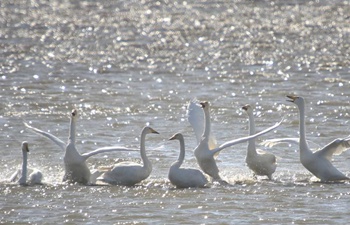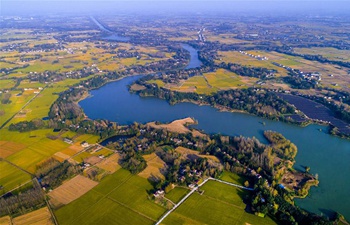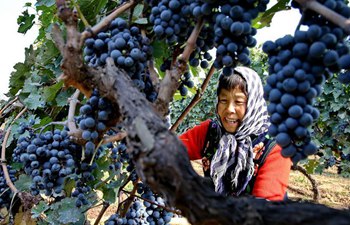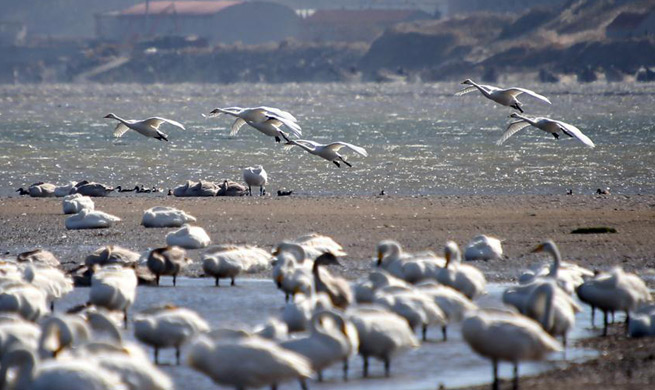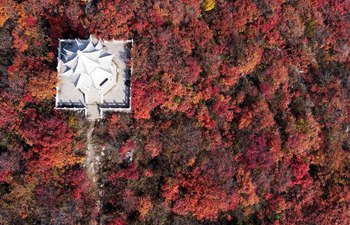SYDNEY, Oct. 30 (Xinhua) -- Australia's multi-million dollar seafood industry could be under threat from an invasive species of fish, biosecurity authorities in the far north of Queensland State confirmed Monday.
Spotted tilapia have been found in the Walsh River, a waterway which connects to the Mitchell River catchment flowing into the Gulf of Carpentaria where much of Australia's barramundi and prawn industry thrives.
The noxious species could pose a significant threat to "native fish and plants," the Queensland Department of Agriculture and Fisheries (QDAF) told Xinhua.
"Tilapia have successfully invaded and dominated many freshwater habitats due to their highly efficient reproductive strategy and ability to thrive in a variety of conditions."
The pest is known to behave aggressively when competing for habitat and food.
"They disturb plant beds when building nests and also destroy native fish habitats," QDAF said.
Although it's not known how the fish made its way into the river, one theory is that it may have moved along an irrigation channel from Tinaroo Dam on the Atherton Tablelands.
"They may have well come down that catchment in flood events, where they might have got around the screens that are there to stop them coming down, but we just don't know and we'll never know I presume," Biosecurity Queensland general manager John Robertson explained to local media.
But the dam's operator Sunwater, has denied these claims, saying in a statement that they perform daily tilapia screenings in order to stop the pest.
At the moment, authorities are scrambling to find a solution before the summer wet season when there's a high chance the tilapia will increase their numbers.
"Biosecurity Queensland staff are working with local landholders and stakeholders to first assess the extent of the spotted tilapia population in the Walsh River, which will inform practical control options," QDAF said.
Aerial surveillance helicopters are currently being used to survey the river to get the extent of the infestation.
According to Robertson, If it's established the species numbers are too high, it may not be "feasible" to try and eradicate them.
"Rotenone which kills them, also can kill other things as well, so other fish and reptiles, so there's other impacts that might be too significant to do it," he said.




